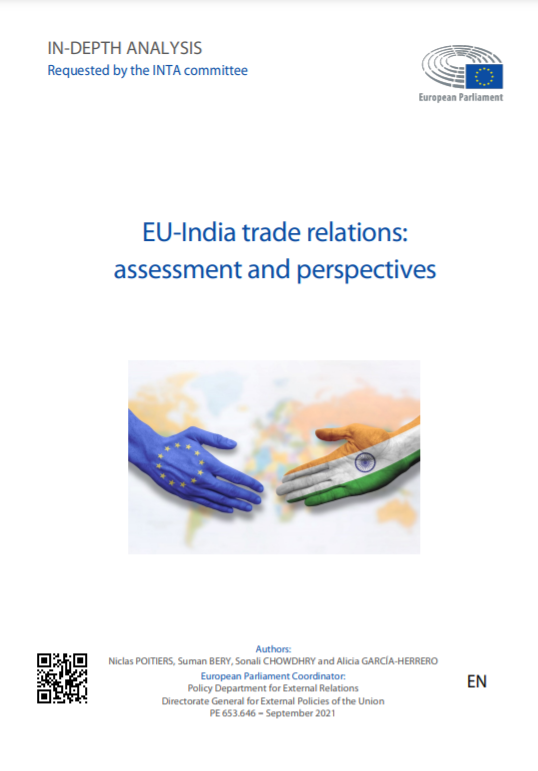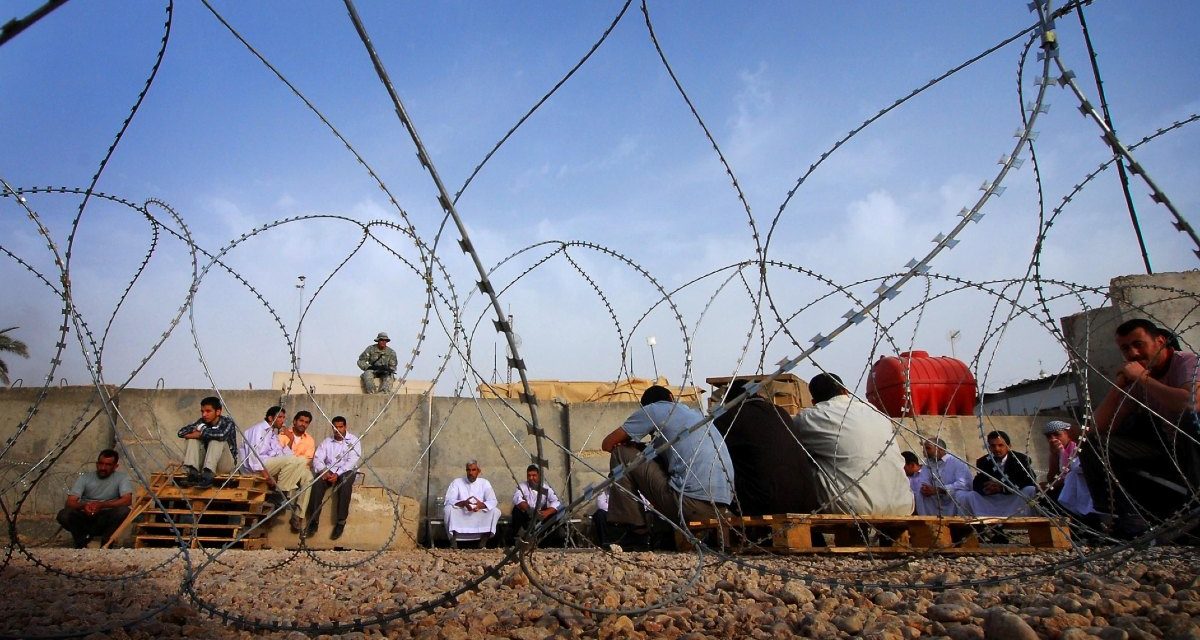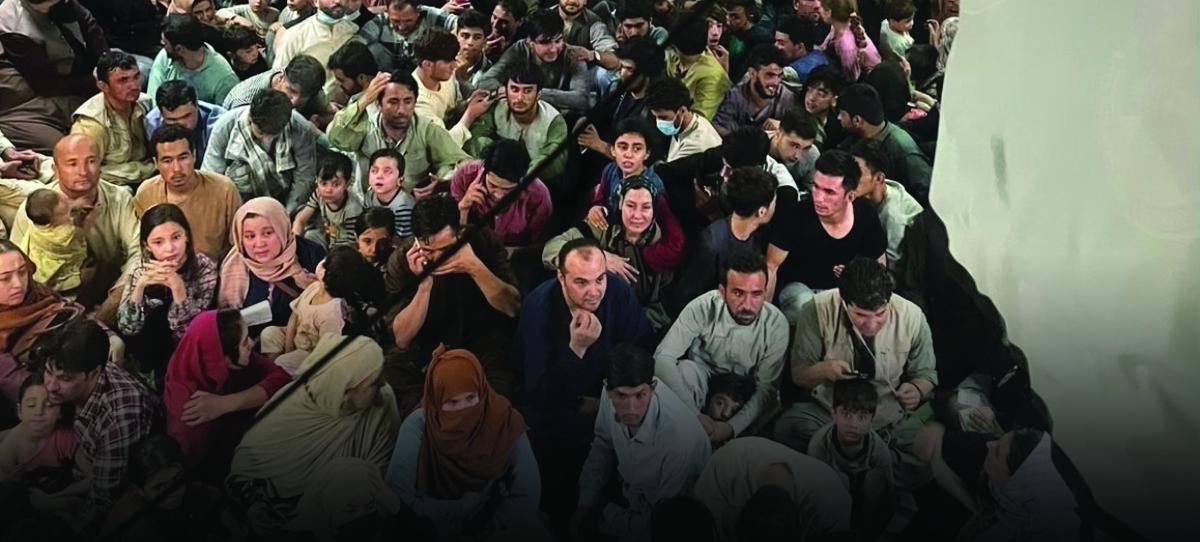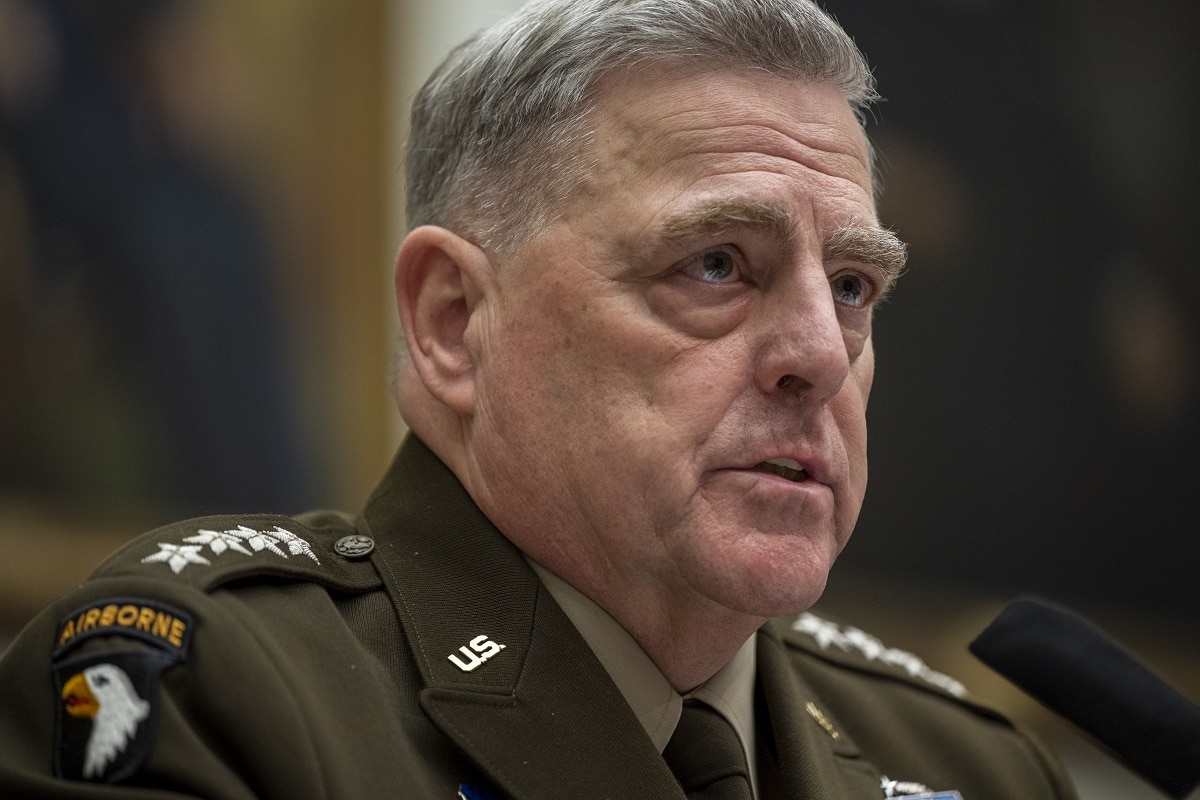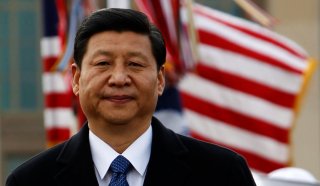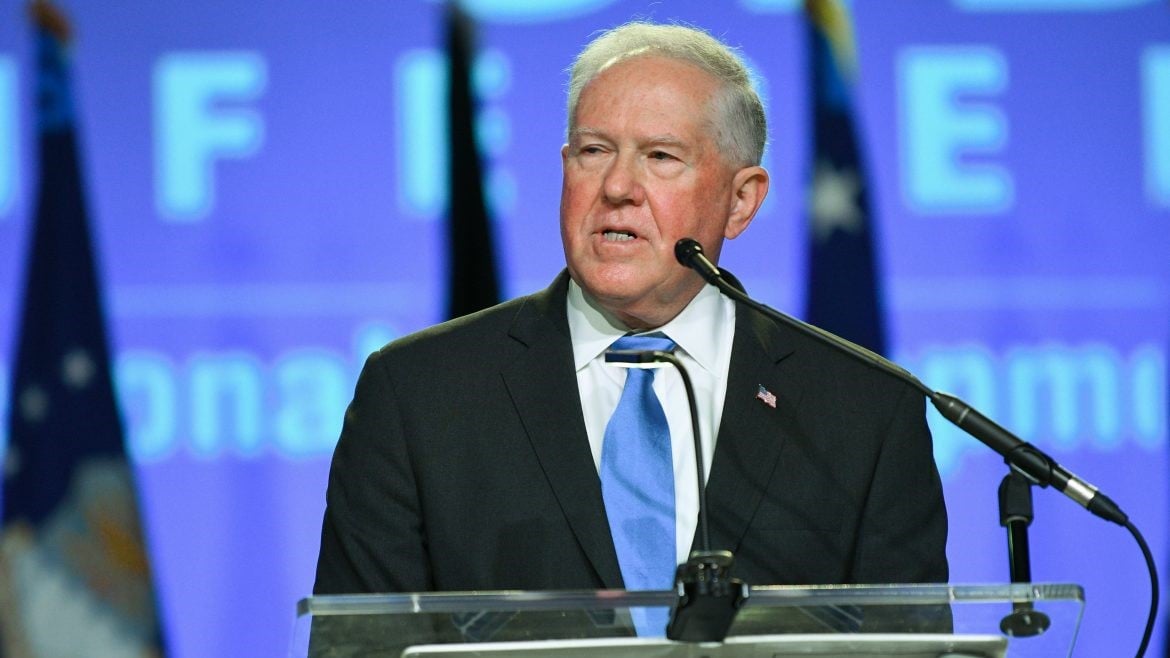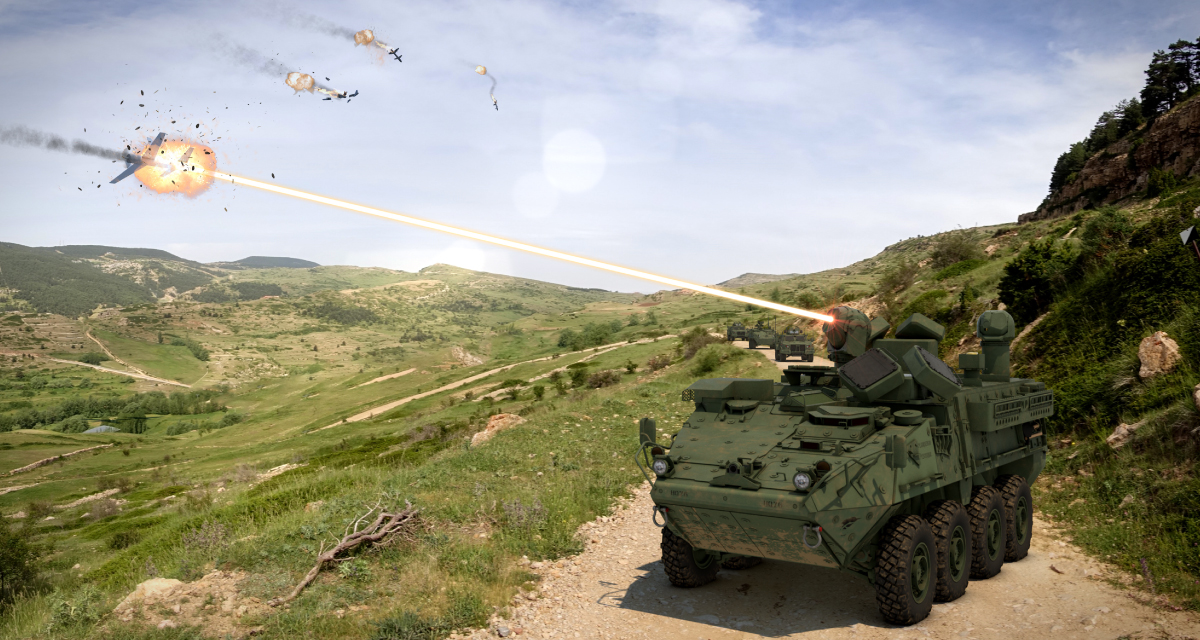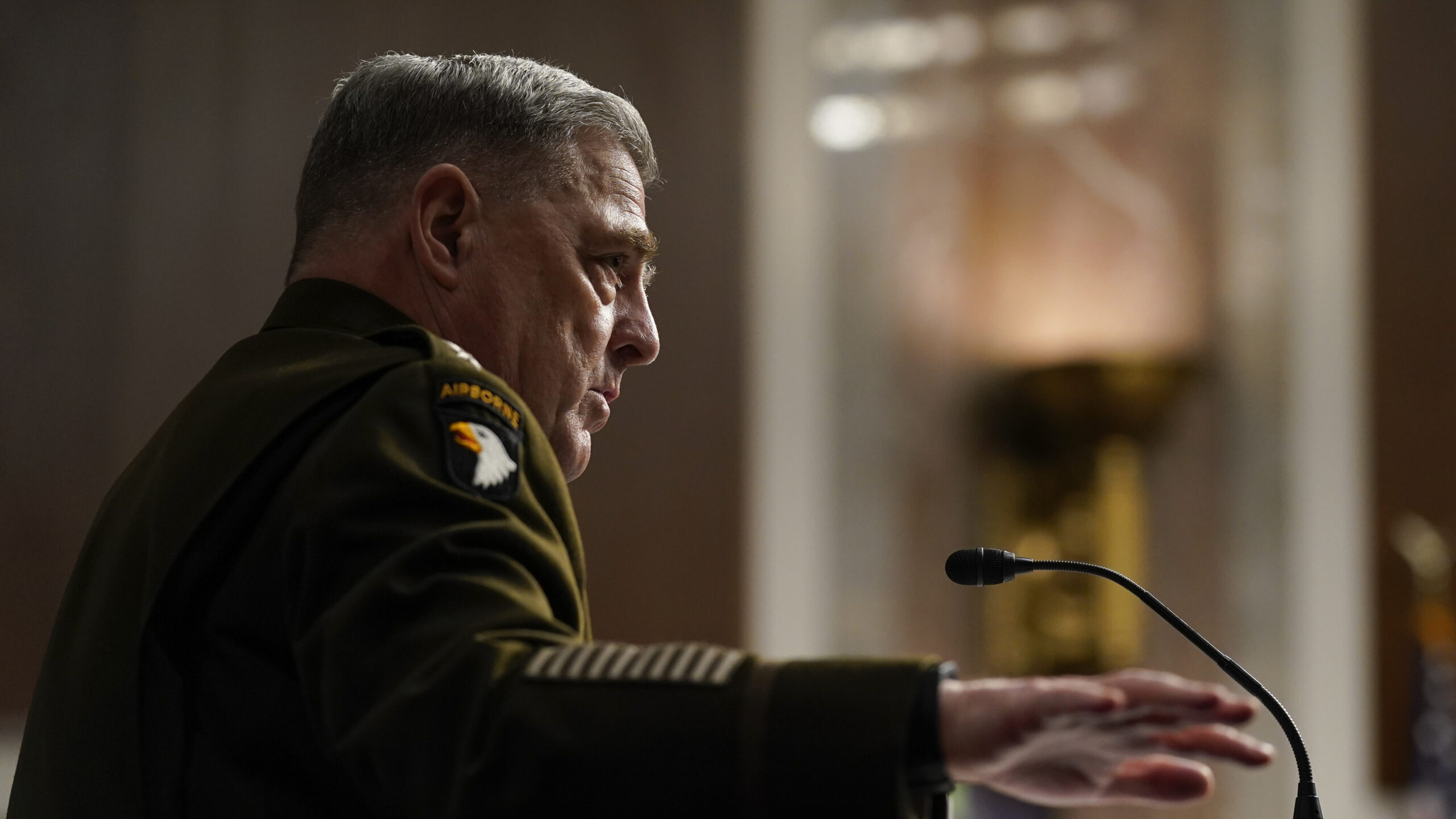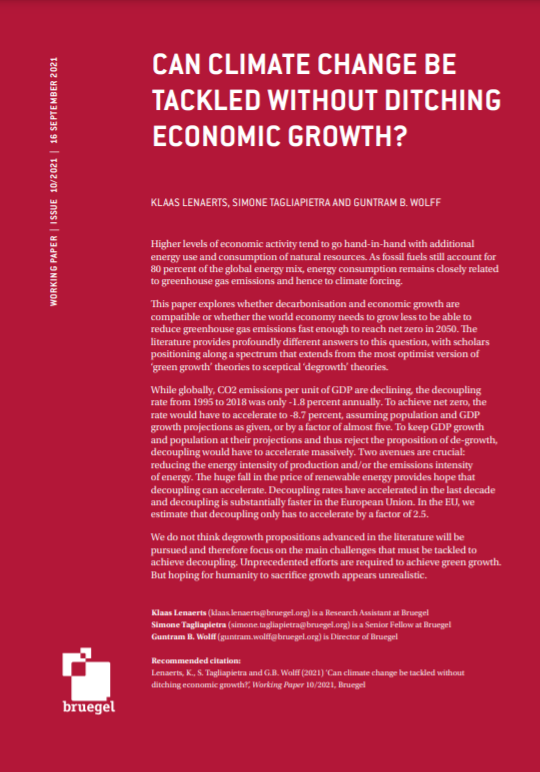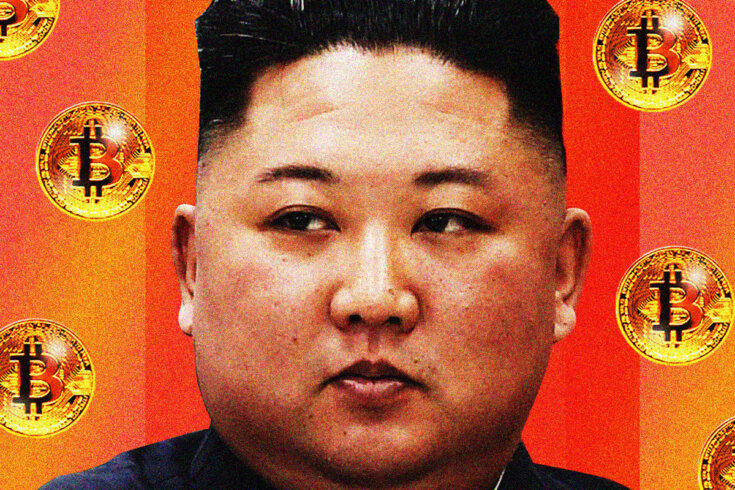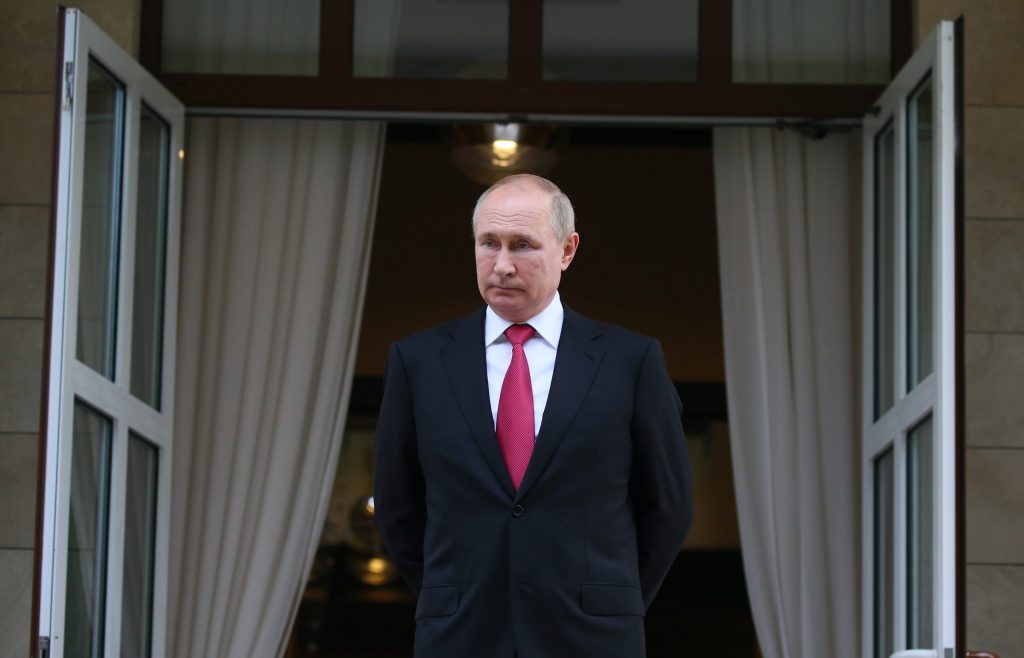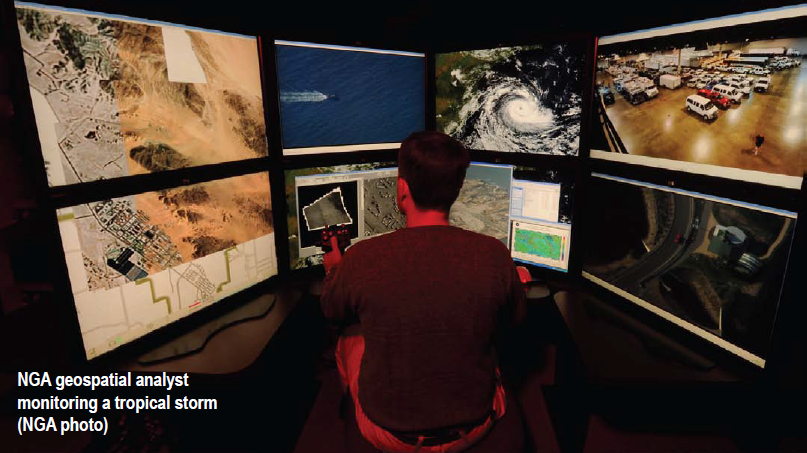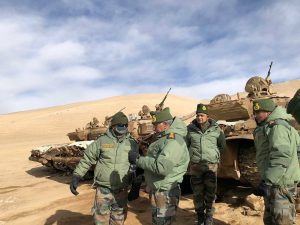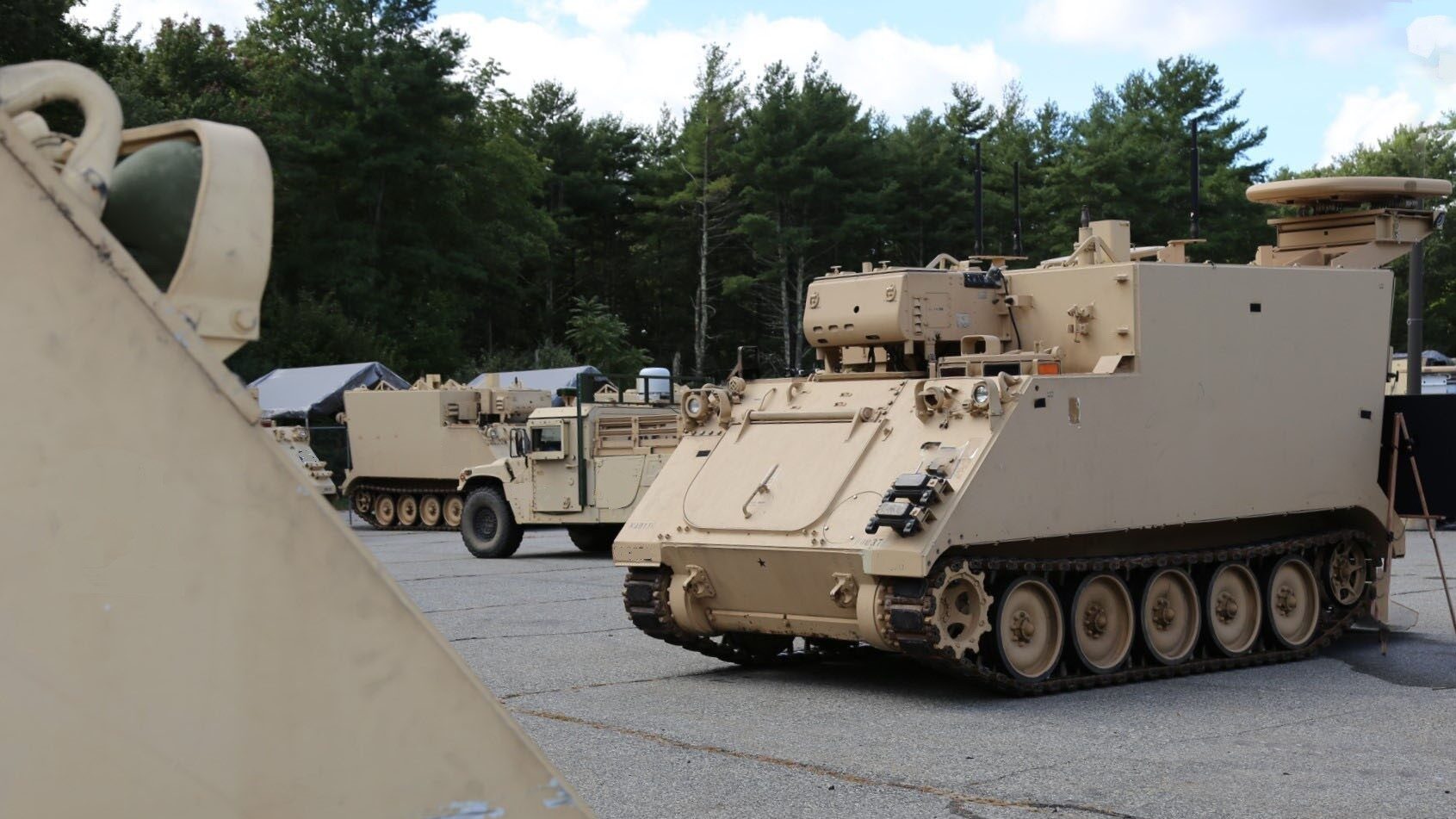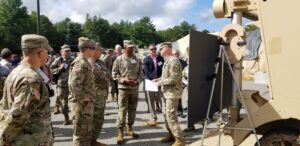ANDREW EVERSDEN
TAUNTON, Mass.: The US Army is planning a pilot effort for early next year to learn more about future on-the-move communications needs of armored brigades, as the service continues to modernize its network in preparation for more distributed operations of the future.
The pilot effort, which will feature both mature and immature mobile technologies, will collect technical data and soldier feedback to help inform Capability Set ‘25, a future set of network upgrades that will deliver advanced network tools to armored brigades in fiscal year 2025, Army officials told reporters last week.
The Army’s tactical network team — made up of the Network Cross-Functional Team and its acquisition arm Program Executive Office Command, Control, Communications-Tactical — is modernizing the Army’s tactical network for infantry, Stryker and armored brigades through the capability set program.
Army officials at the General Dynamics facility in Taunton, Massachusetts, Sept. 21, 2021. (Amy Walker/Army via DVIDS)
Last week, General Dynamics Mission Systems, which will serve as the systems integrator for the pilot, hosted reporters at its Taunton, Mass. facility, where it will integrate potential future network technology onto the vehicles. They will then be shipped down to Fort Stewart, Ga. for the pilot with the 2nd Armored Brigade Combat Team of the 3rd Infantry Division, which takes place early next year. (Breaking Defense, like other outlets, accepted travel accommodations from GDMS for this visit.)
The Army will use 12 M1068 mobile command posts as surrogate vehicles and four high mobility multipurpose wheeled vehicles to provide feedback for future integration onto the Army’s Armored Multi-Purpose vehicle.
“The pilot intent is not intended to be a material selection down-select, so that’s key to this,” Col. Shane Taylor, project manager for tactical networks at PEO C3T, told reporters here. “This is an opportunity to look at a variety of technologies across maturity levels, and then … from a CONOPS [concept of operations] perspective of how we would employ the kit, how we would execute the kit, it’s an opportunity to get after that.”
The U.S. Space Force’s Space Systems Command and Raytheon Intelligence & Space are enhancing mission management and mission-data processing to shift the focus of GPS operations from satellite command and control to basic, user-oriented effects-based operation.
The pilot is testing three separate network configurations that could potentially be fielded across armored brigades in the future. From these different configurations, the Army will draw lessons learned from different use cases and feedback on what different capabilities soldiers will need in the future, especially taking into account the ease of use for the soldiers.
Ultimately, what the Army’s tactical network team wants to determine is the adequate distribution of networking tools — SATCOM, tactical servers, radios, etc — is, without burdening users.
“It’s kind of informing where that sweet spot is as we go forward, right? So from a unit perspective … the more capability I give them, the more complex the system is going to be,” Taylor said. “Where over here I can give them less capability, more simple to use. And so where is that sweet spot? And so that’s, that’s part of the things that we’re going to get after with the pilot.”
The three network configurations will include M1068s that function as an S6 vehicle, S2 (intelligence), S3 (operations) and fires support. The pilot will test mixes of beyond-line-of-sight and satellite communications capabilities. The first course of action is the most capable, with each vehicle regardless of its role receiving satellite and line-of-sight communications.
The second iteration will include a satellite connection for the S2, S3 and fires support vehicle, but won’t carry a line-of-sight connection. The third will have a line-of-sight connection but no SATCOM capabilities. In each course of action, the S6 vehicle maintains a SATCOM and line-of-sight connection. Each configuration has its pros and cons, both in terms of capability, affordability and operational relevance.
“Satellite has the advantage of being able to reach out to the rest of the world, but you have to have a satellite dish on top of your vehicle and you also need to have an actual satellite connection,” said Col. Greg Napoli, the unified network lead at the Network Cross-Functional Team. “Line-of-sight has the ability that costs you nothing. As long as I see you, we have line-of-sight, but of course unless I have some sort of connection to that satellite, be it direct or indirect, I can’t get up and out. I can just talk to you and no one else.”
He continued, “These concepts of employment will show different mixes of that beyond-line-of-sight and line-of-sight capabilities with the ‘so what’ of providing … connection to the appropriate staff entity [S2/S3/Fires] while they are on the move.”
The service will gather data from the pilot on the effectiveness, suitability and survivability of each configuration to inform future network design plans for armored brigades.
Members of the “Spartan Brigade” visit the General Dynamics facility in Taunton, Massachusetts, Sept. 21, 2021. (Amy Walker/US Army via DVIDS)
While the pilot will serve as an opportunity to collect soldier feedback, the Army tactical network team also received feedback ahead of the pilot design. Soldiers told the modernization team to keep new network tools simple, Taylor noted, in order to minimize the amount of space new kit takes up inside the vehicle and not to interfere with the fighting functions of the vehicle.
“What we want to be careful about is, I don’t need somebody engaged in a fight and then at the same time having to manage their network, so how do we keep the complexity out of the fighting platform,” Taylor said.
It is still the early days of network design planning for Capability Set ‘25. Capability Set ‘21 has been fielded to several infantry brigades. Capability Set ‘23, which is focused on network tools for Stryker brigades, will undergo critical design review in April.
The pilot also serves as a chance for the Army to test a wide range of potential future network tools, including mesh radios, tethered drones, various antennas, satellite communications and other futuristic technologies. Some may not be ready for Capability Set ‘25, but may be mature for CS27 or 29. The pilot doesn’t have a standard baseline and mixes up vendors for each course of action. That will give the Army a better sense of where the technology is headed in the future.
“We’re trying to let the technologies drive the requirements as opposed to traditionally where the requirements somewhat drove the technology,” Taylor said. “What that does is allow us to take advantage of all the domain expertise that resides in industry instead of us telling them you know, what we think is the right technology.”
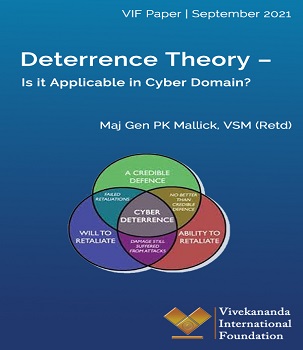 The Deterrence Theory was developed in the 1950s, mainly to address new strategic challenges posed by nuclear weapons from the Cold War nuclear scenario. During the Cold War, the U.S. and the Soviet Union adopted a survivable nuclear force to present a ‘credible’ deterrent that maintained the ‘uncertainty’ inherent in a strategic balance as understood through the accepted theories of major theorists like Bernard Brodie, Herman Kahn, and Thomas Schelling.1 Nuclear deterrence was the art of convincing the enemy not to take a specific action by threatening it with an extreme punishment or an unacceptable failure.
The Deterrence Theory was developed in the 1950s, mainly to address new strategic challenges posed by nuclear weapons from the Cold War nuclear scenario. During the Cold War, the U.S. and the Soviet Union adopted a survivable nuclear force to present a ‘credible’ deterrent that maintained the ‘uncertainty’ inherent in a strategic balance as understood through the accepted theories of major theorists like Bernard Brodie, Herman Kahn, and Thomas Schelling.1 Nuclear deterrence was the art of convincing the enemy not to take a specific action by threatening it with an extreme punishment or an unacceptable failure.
